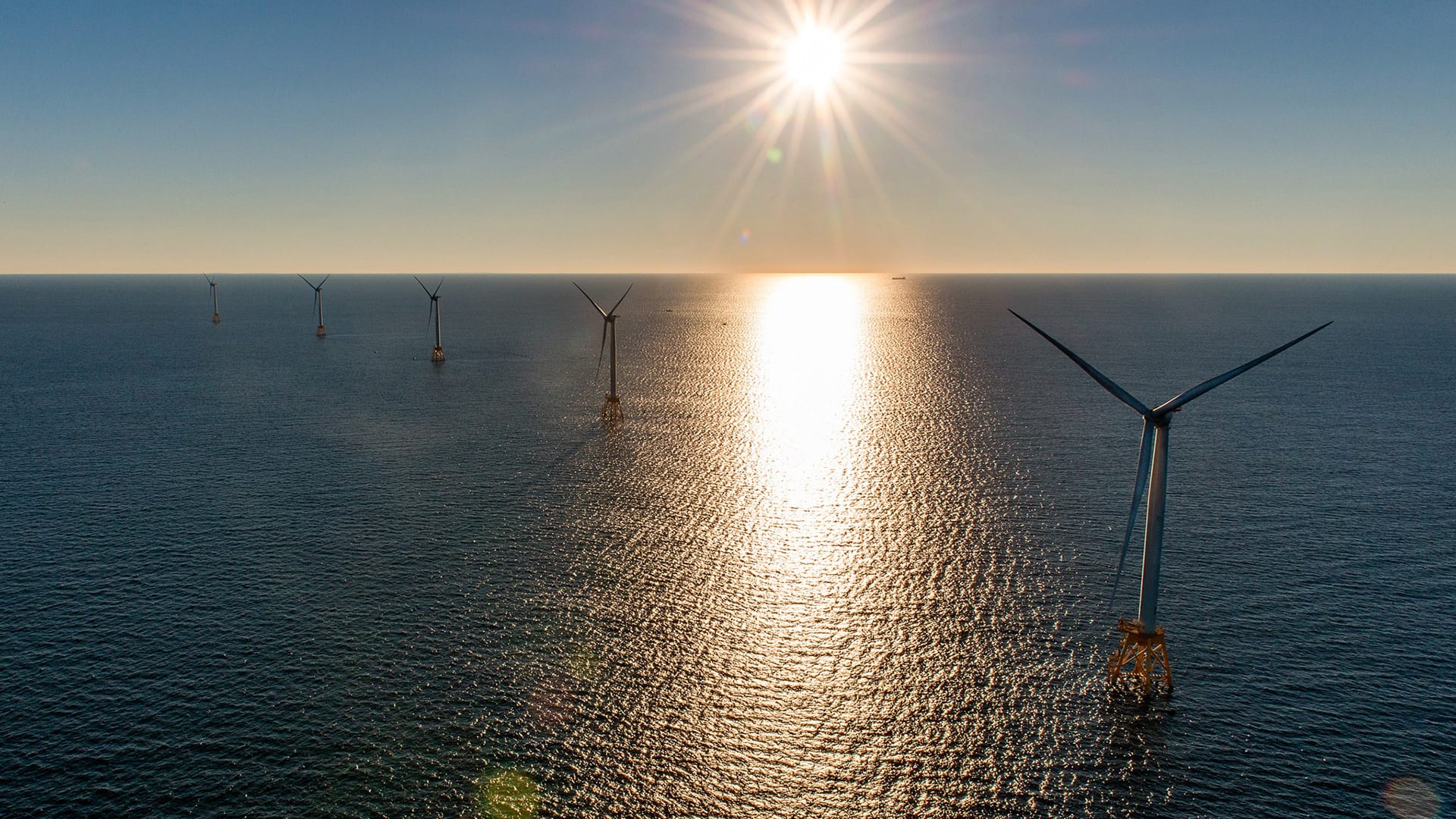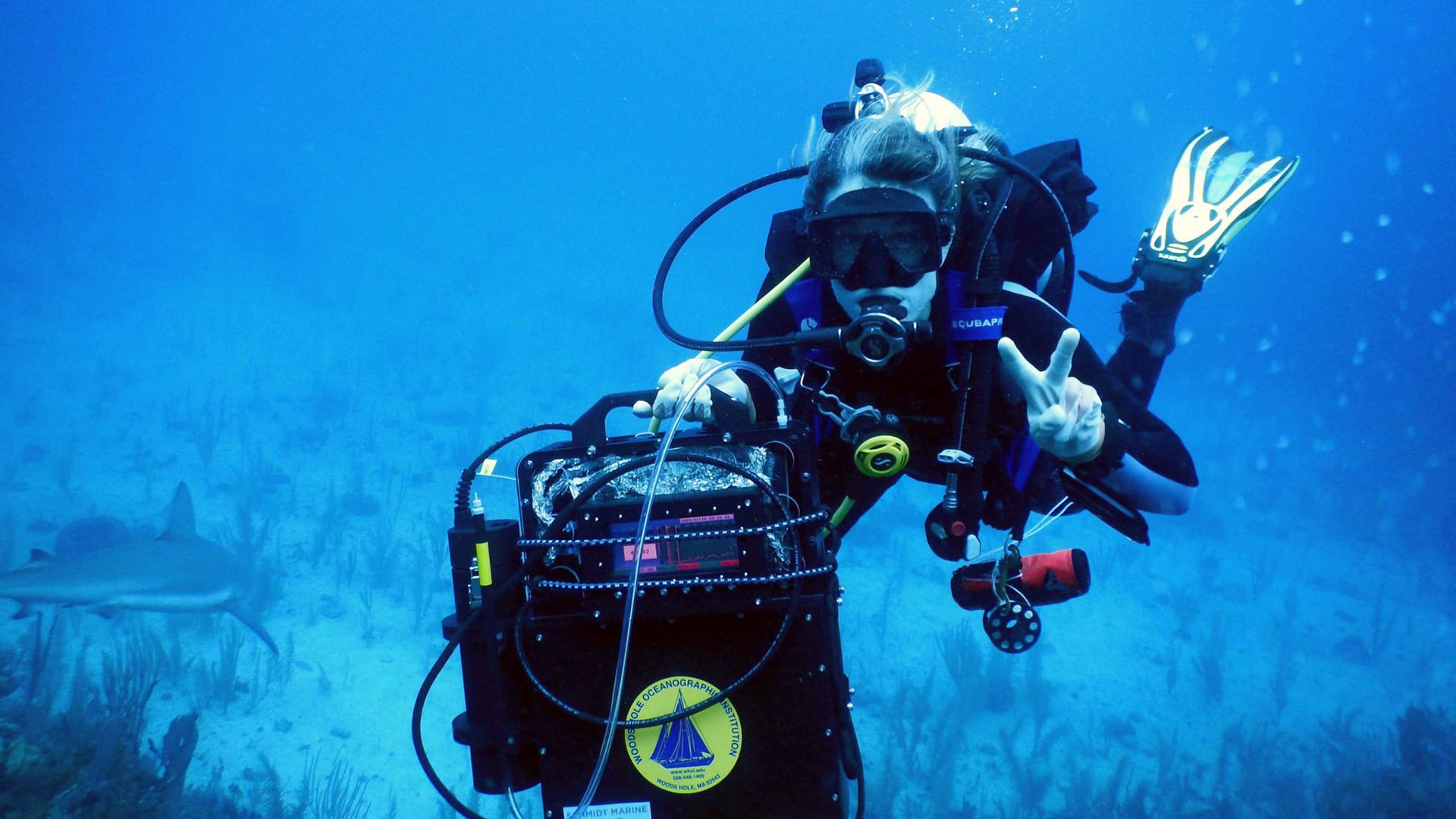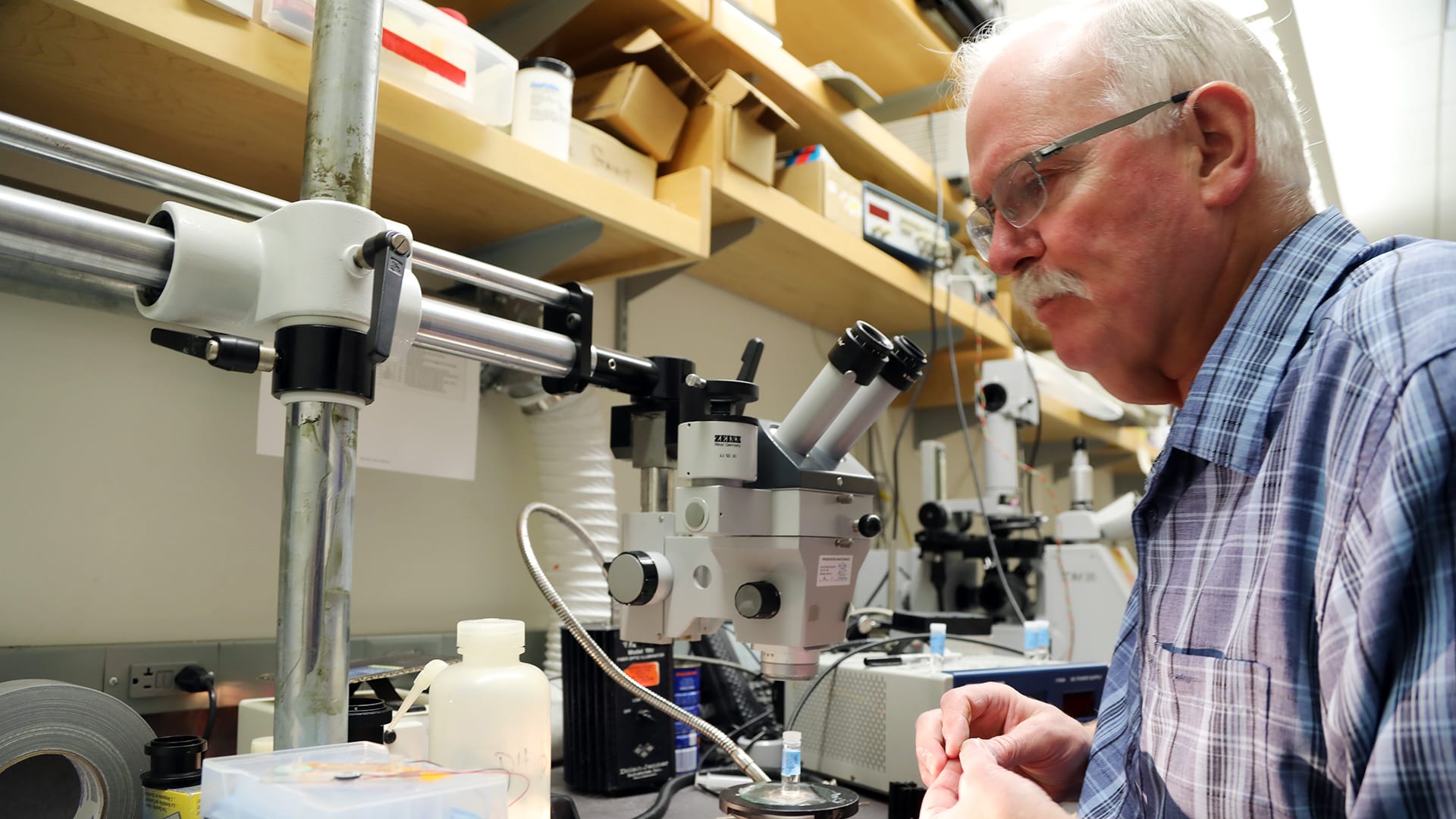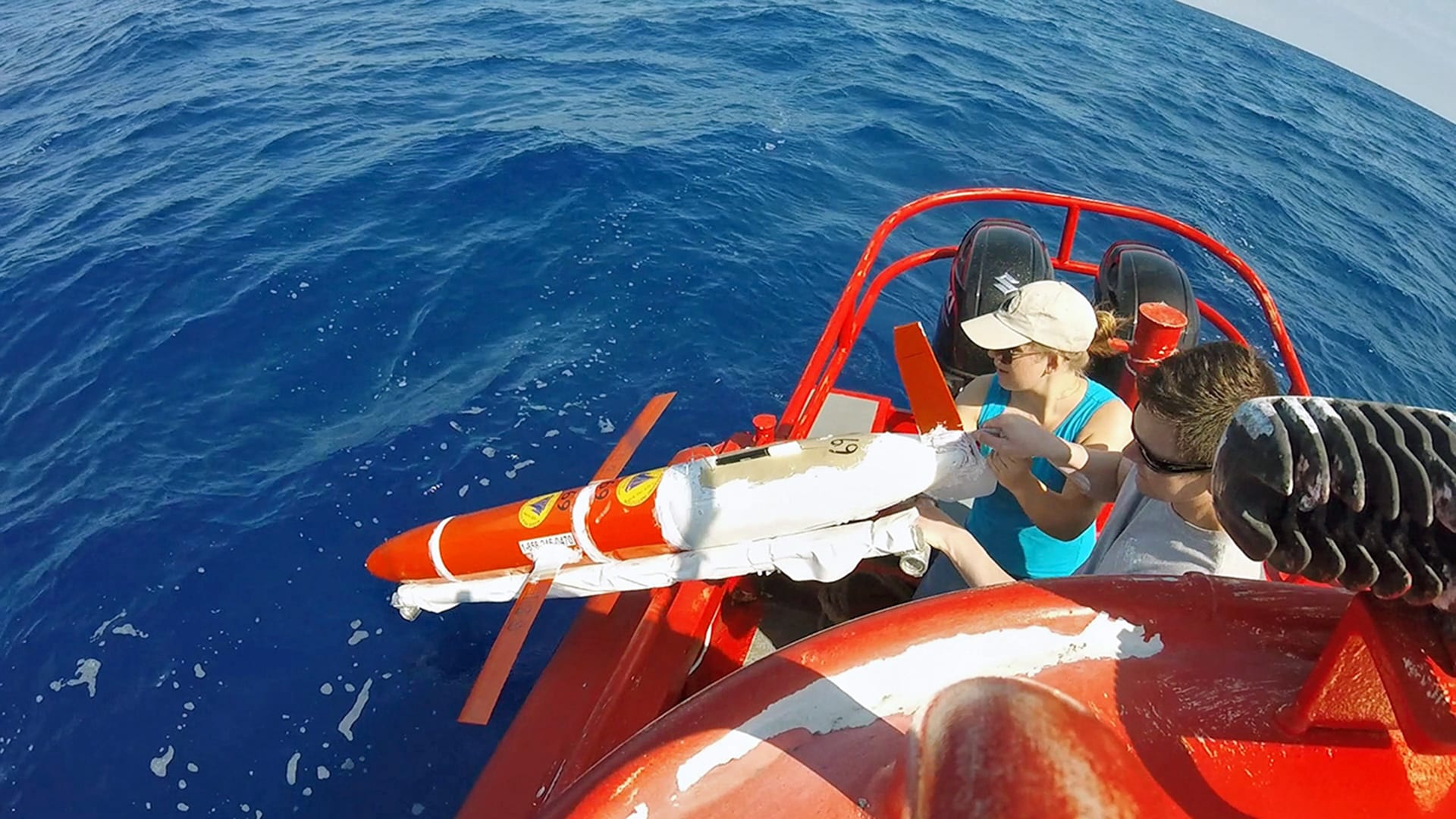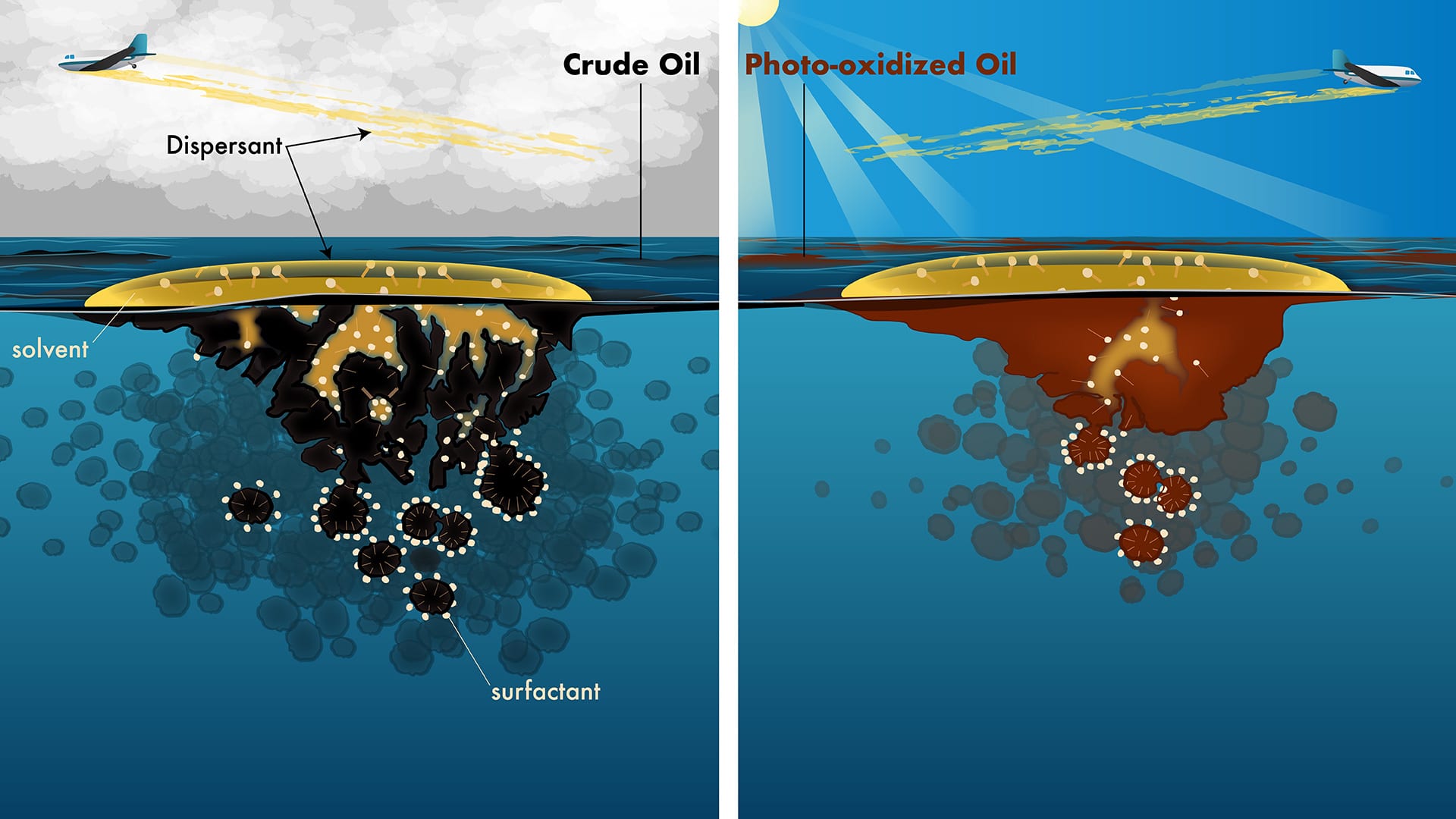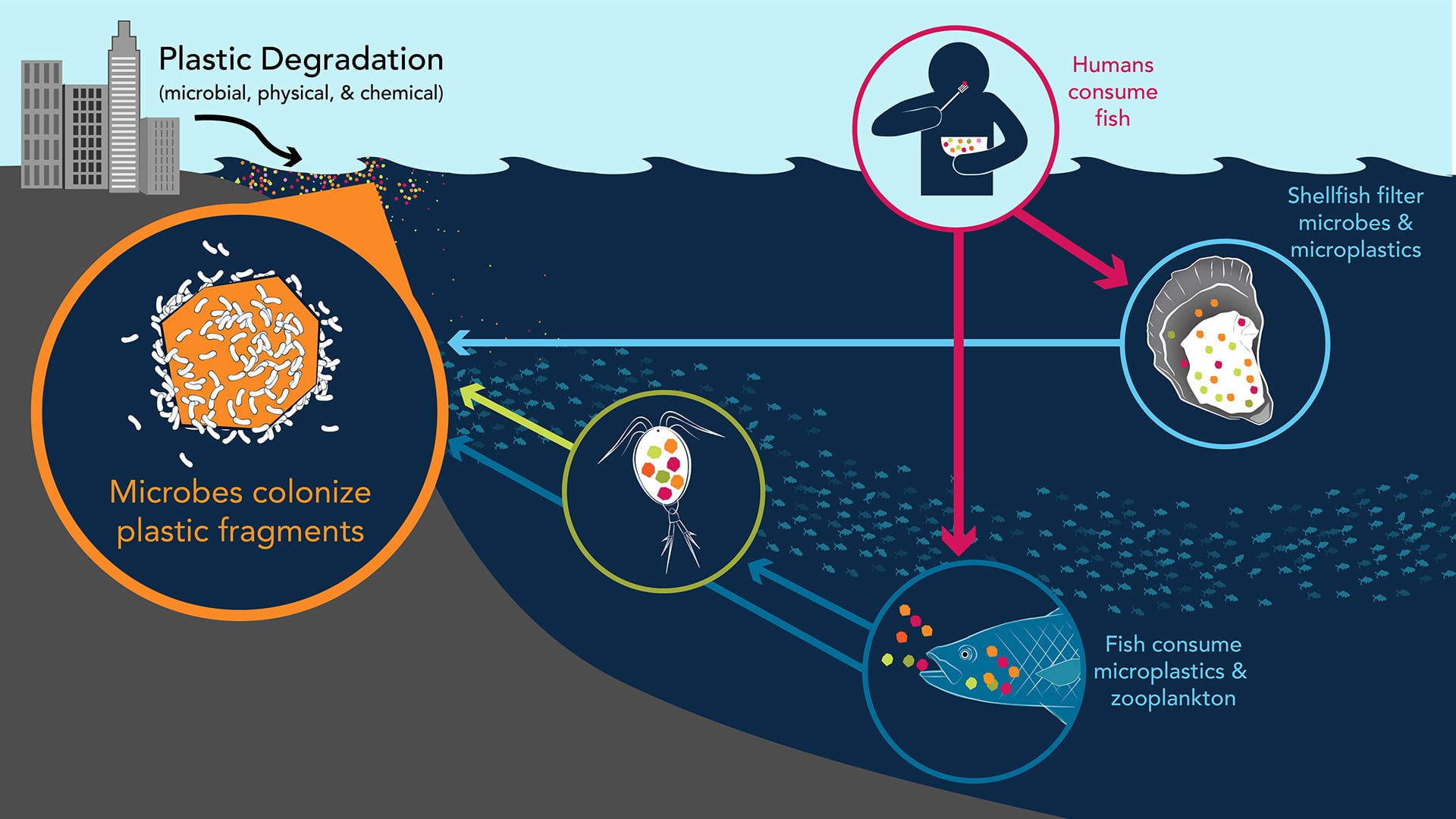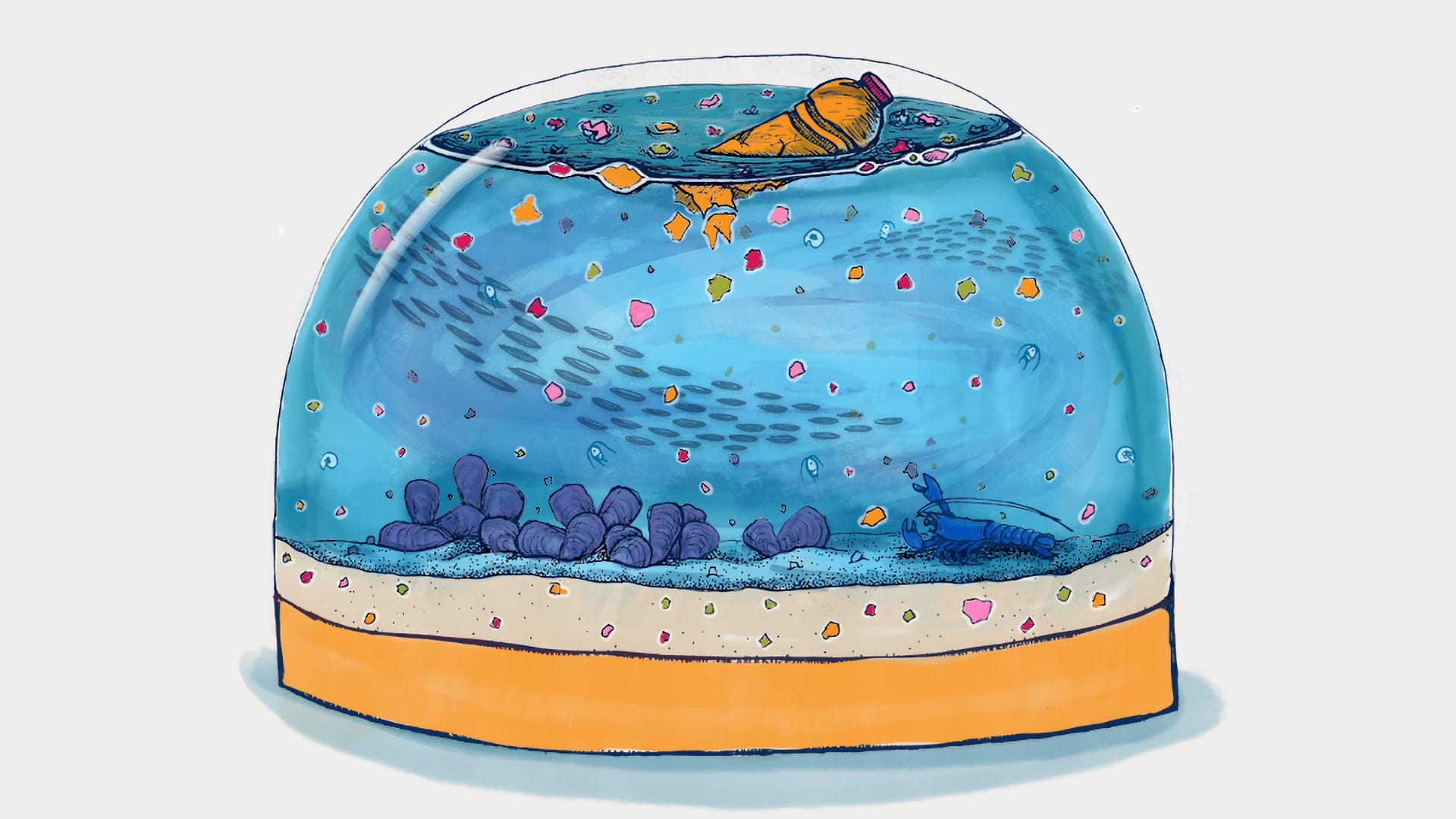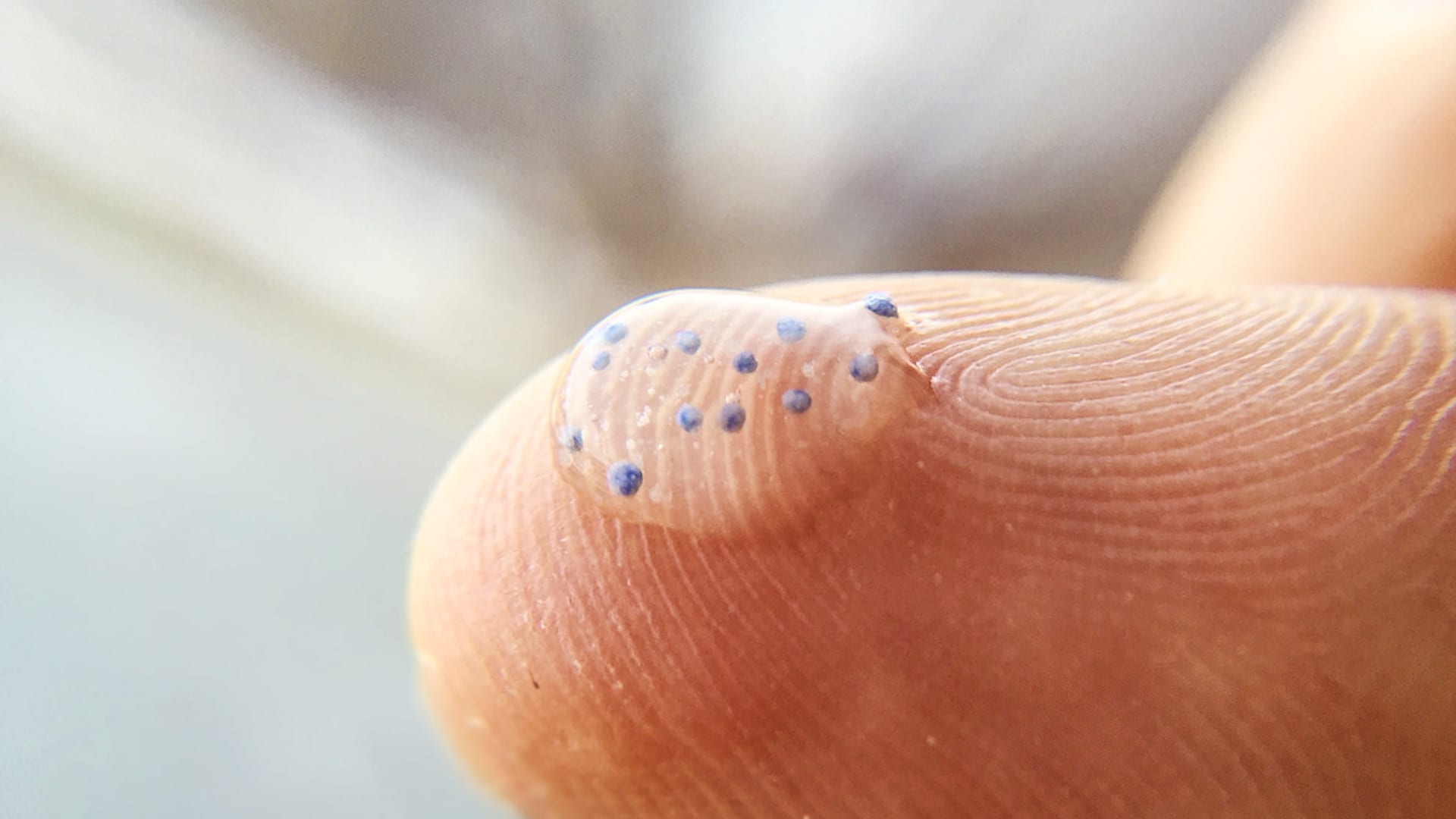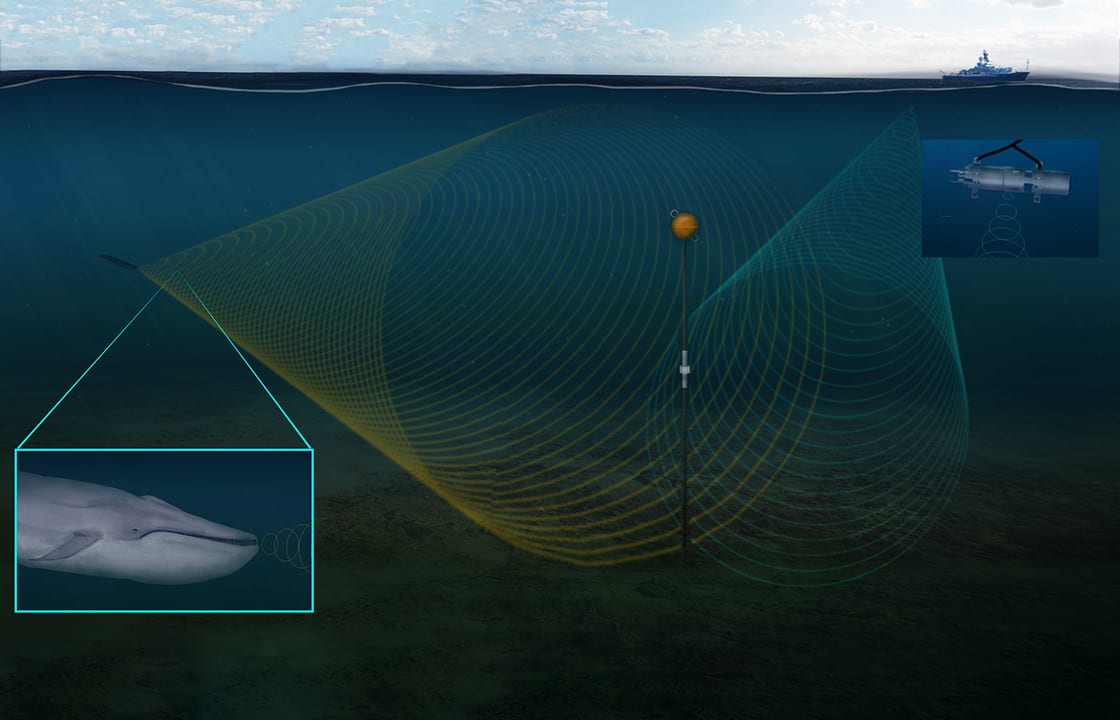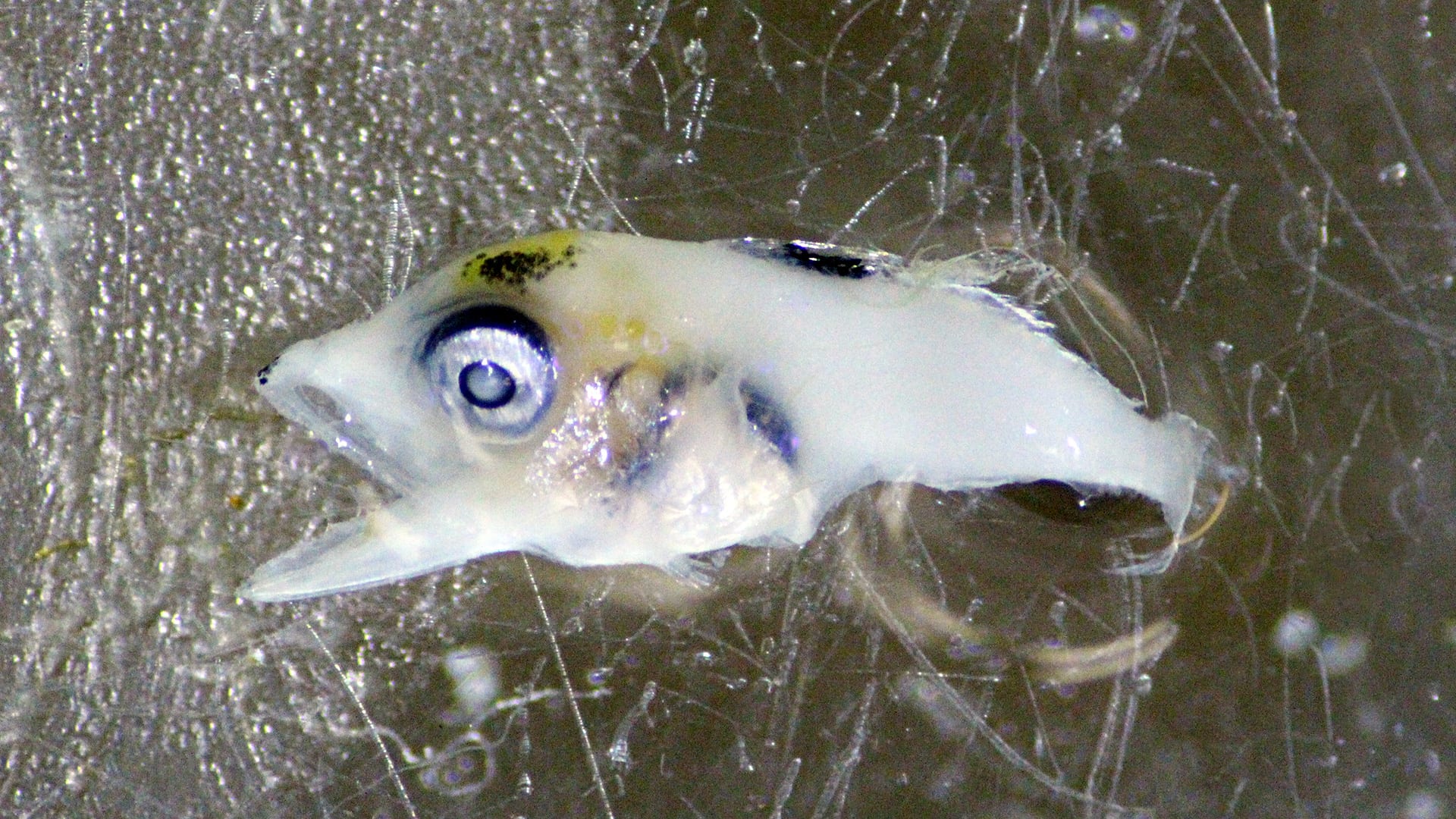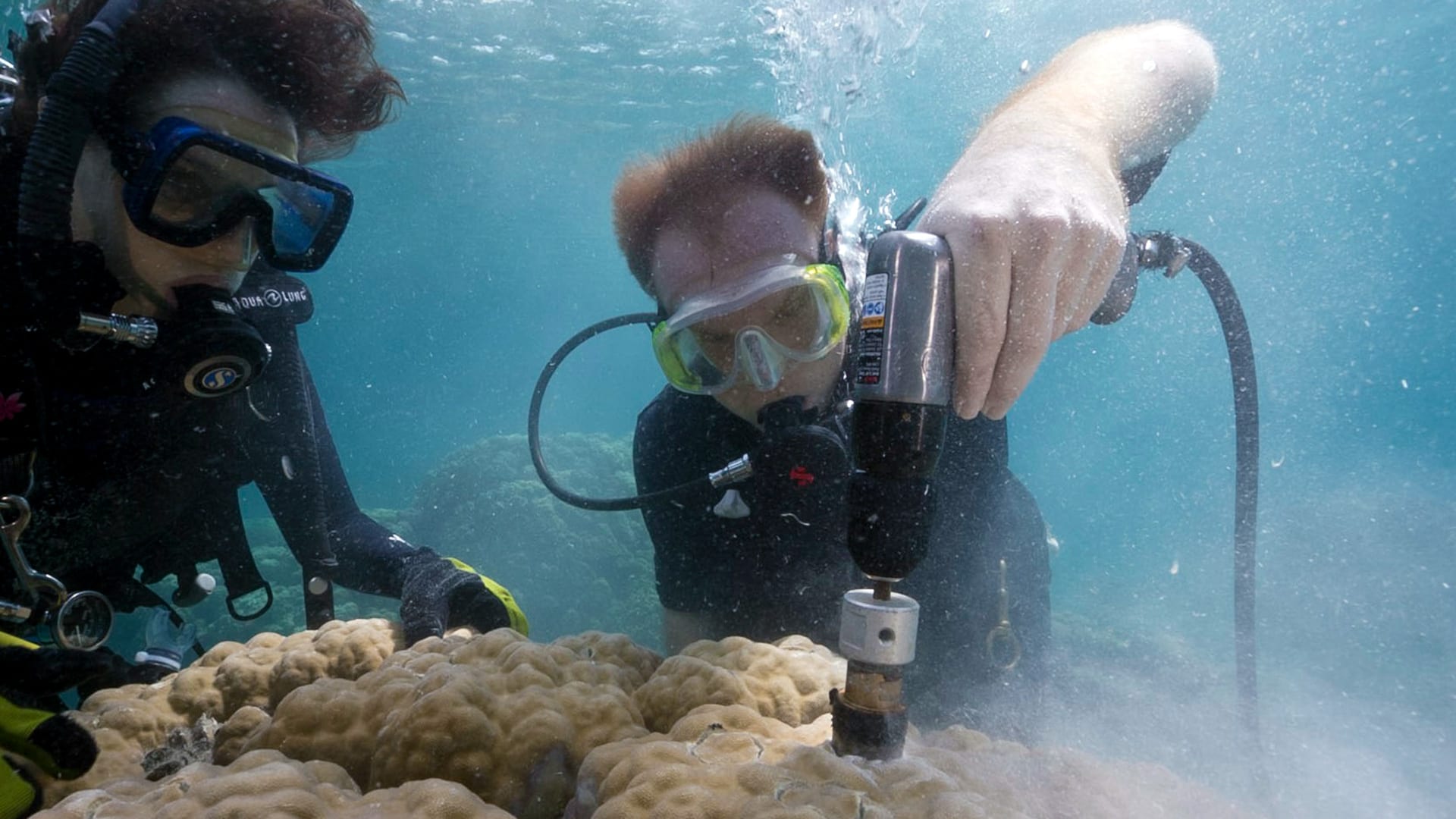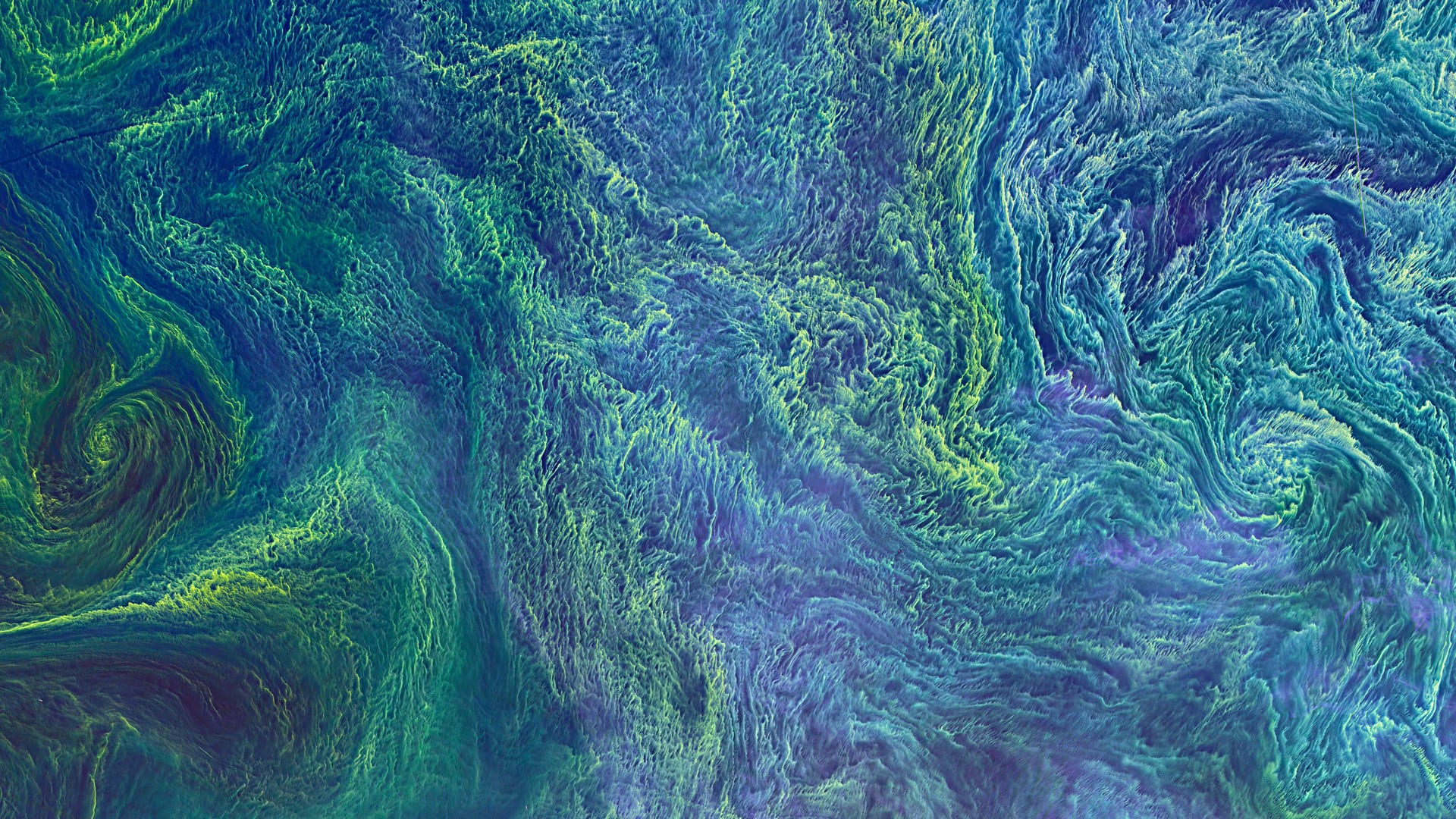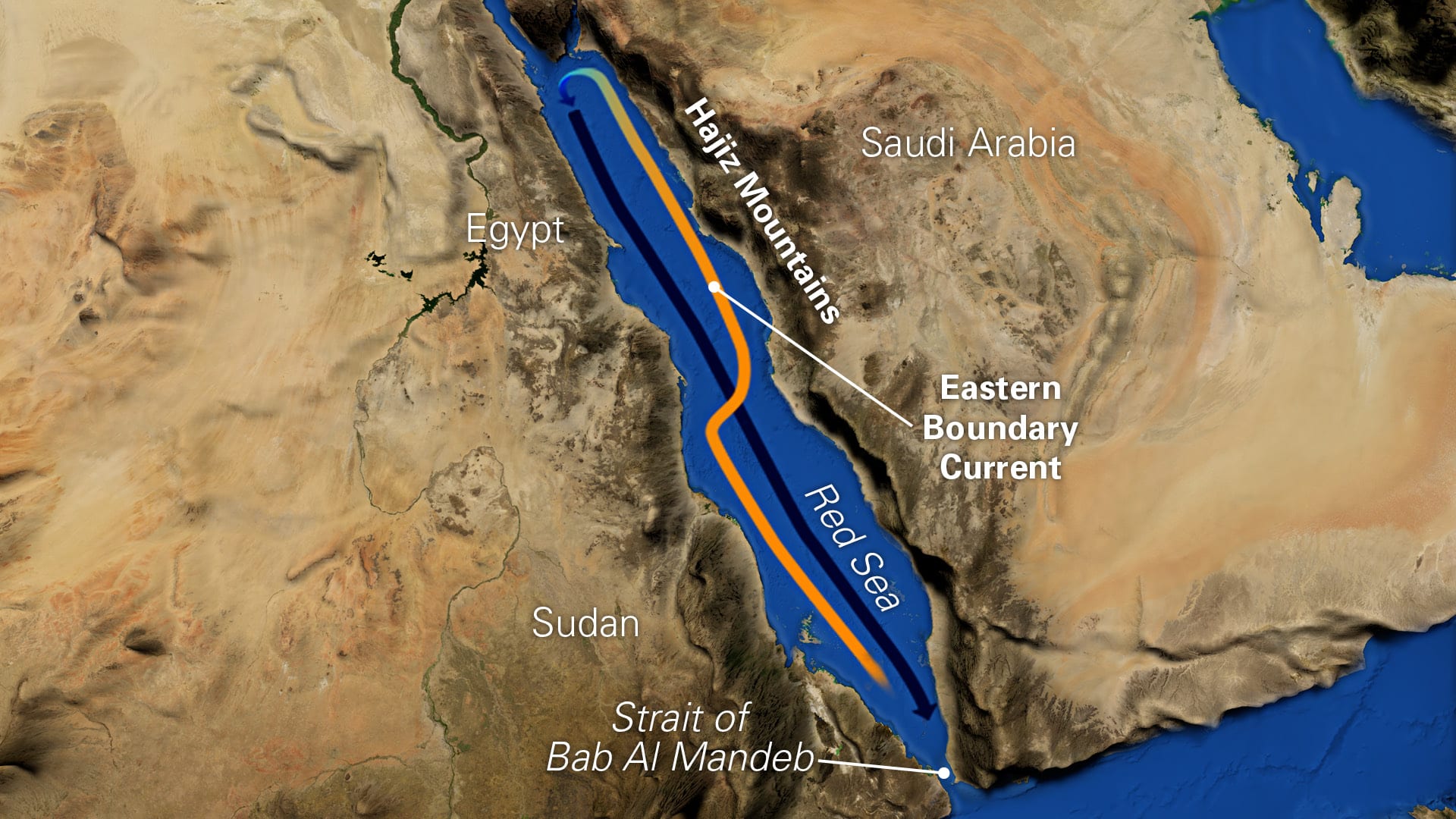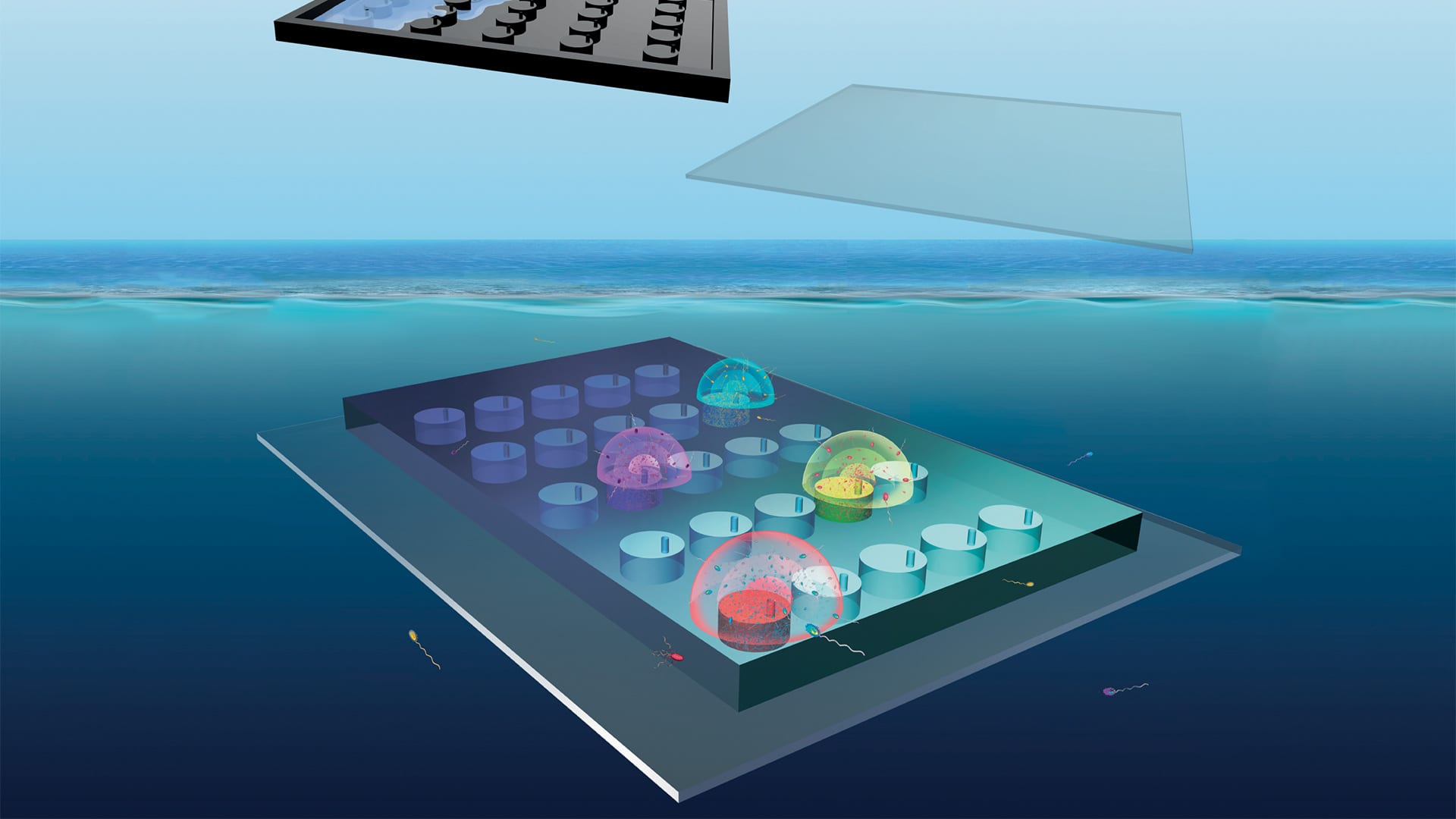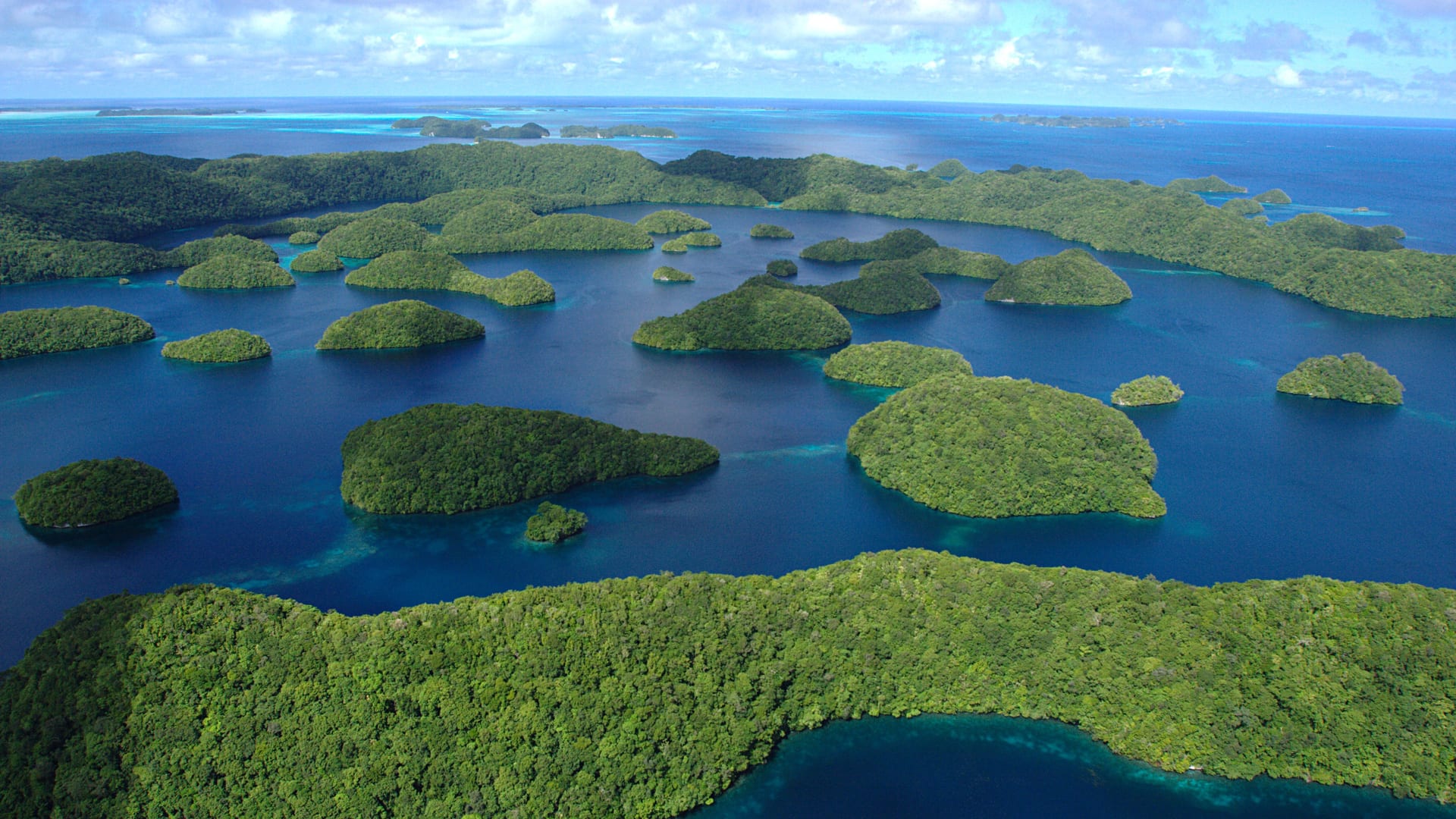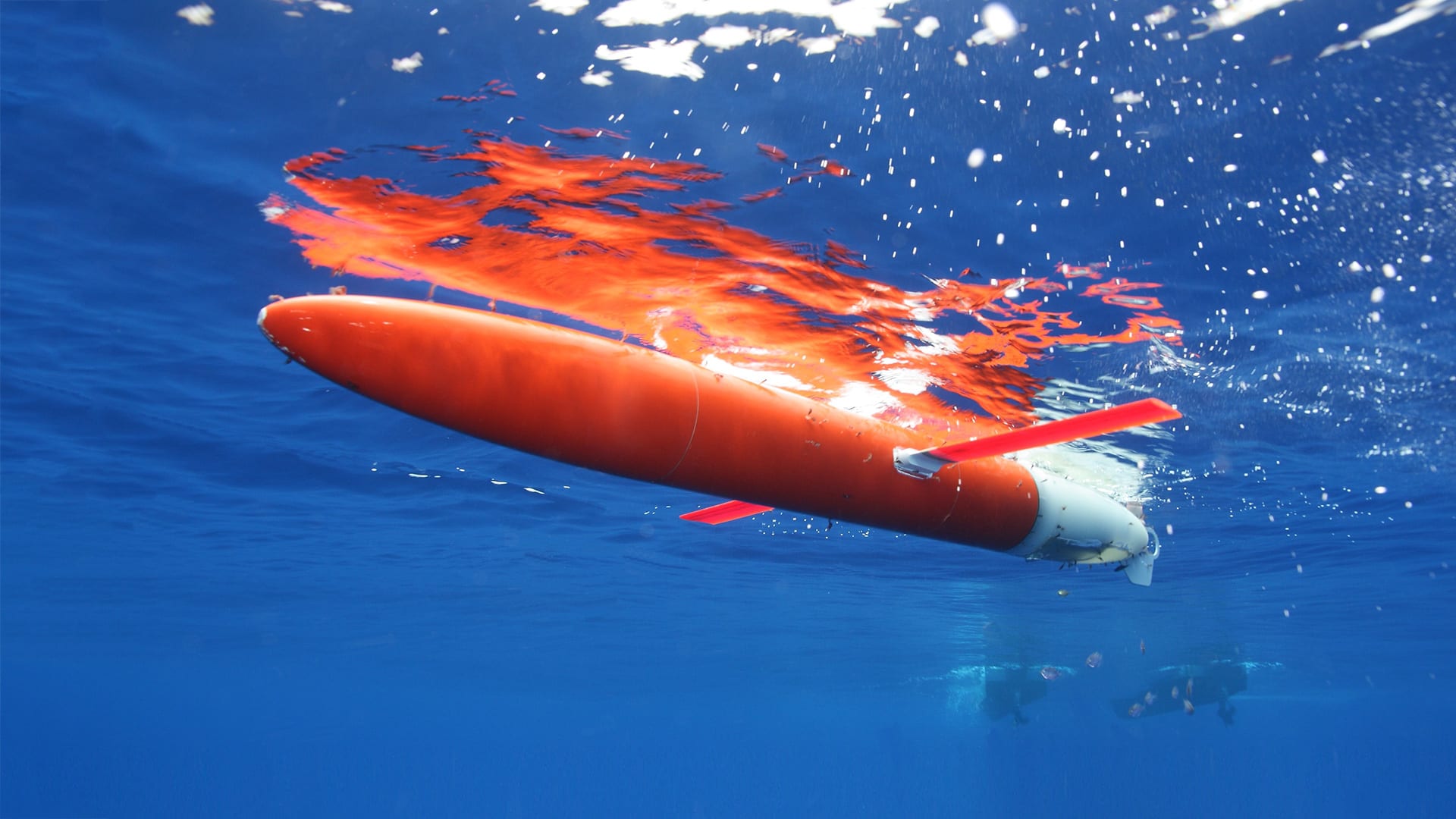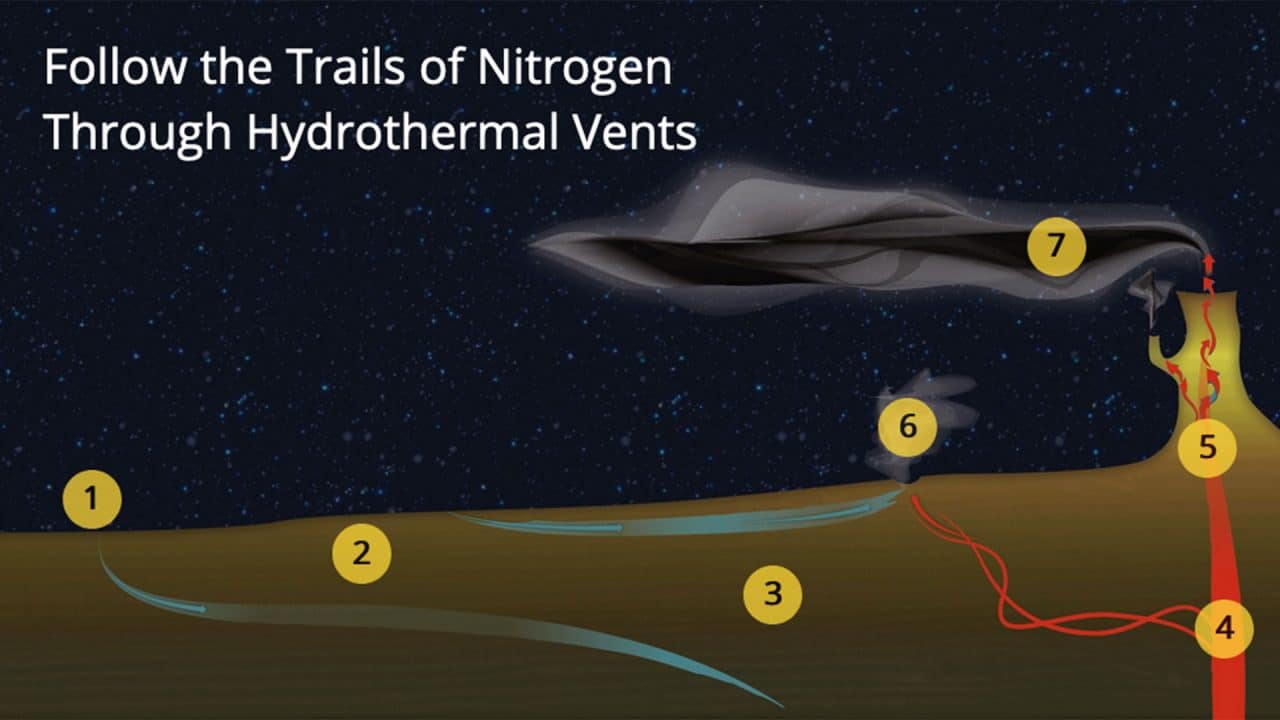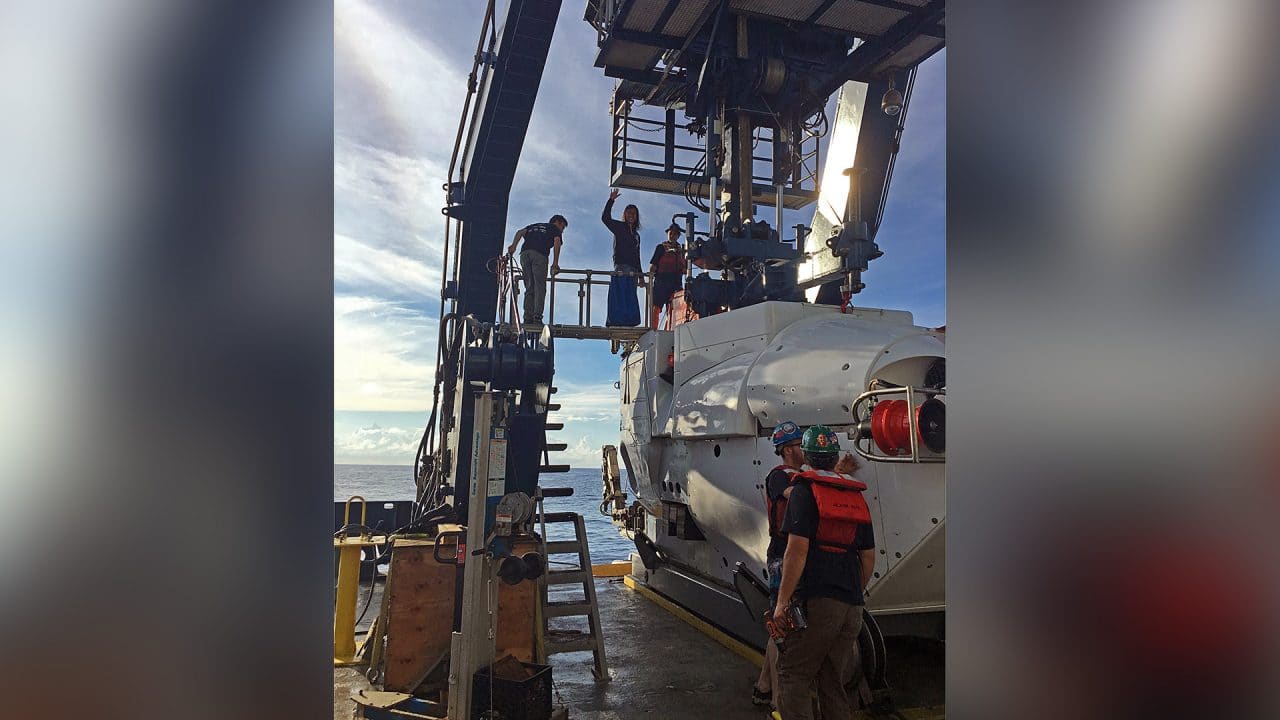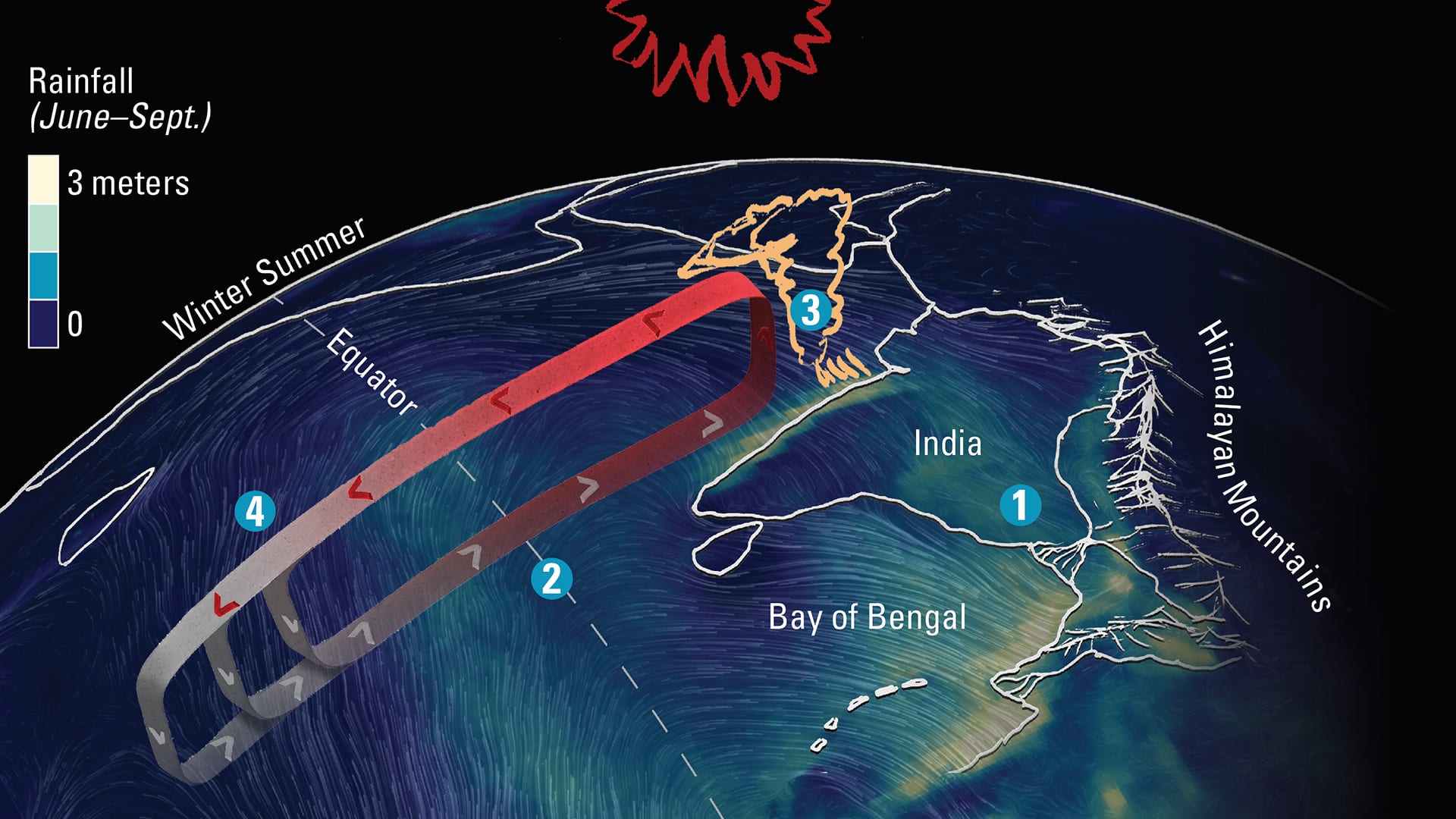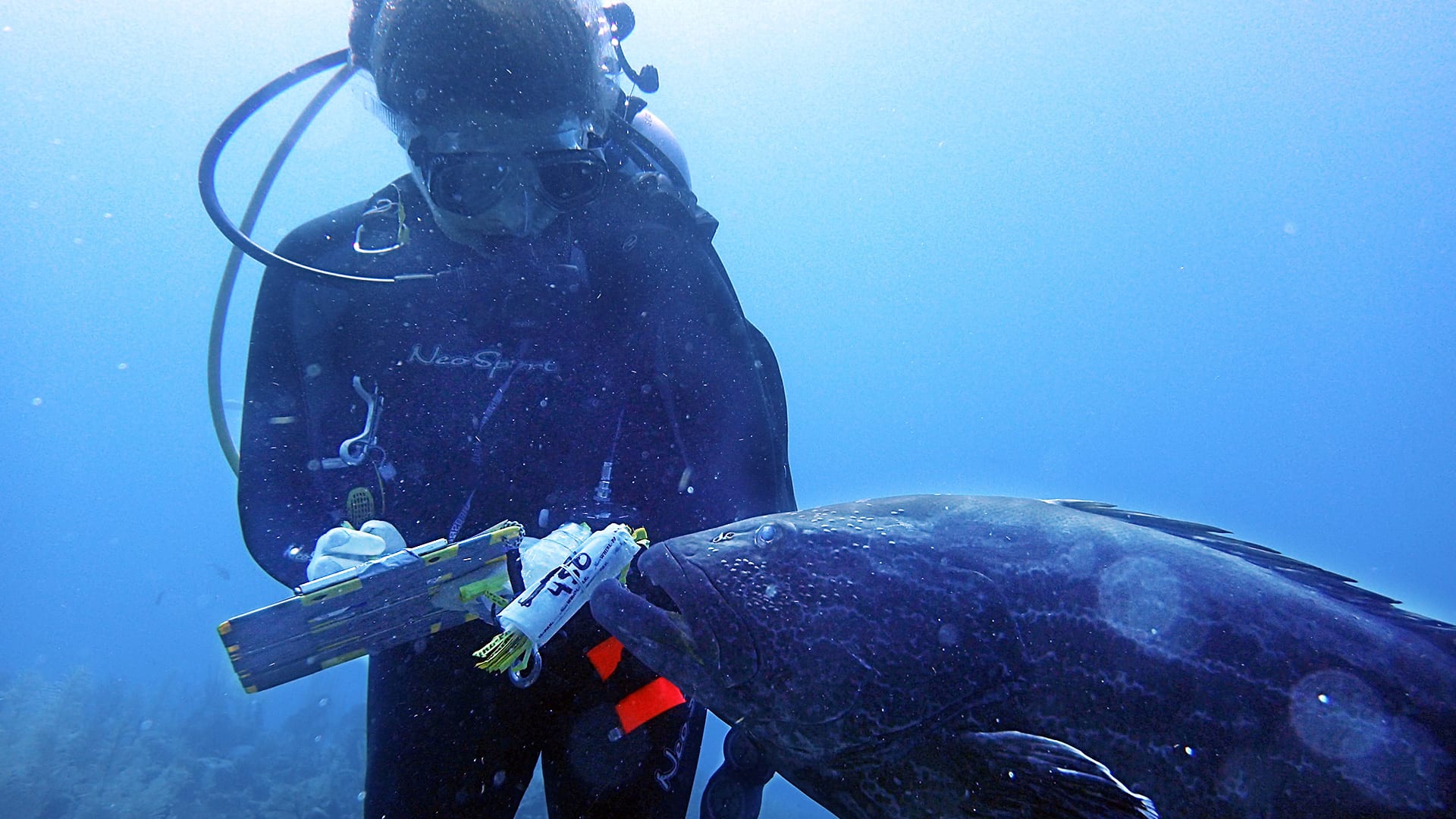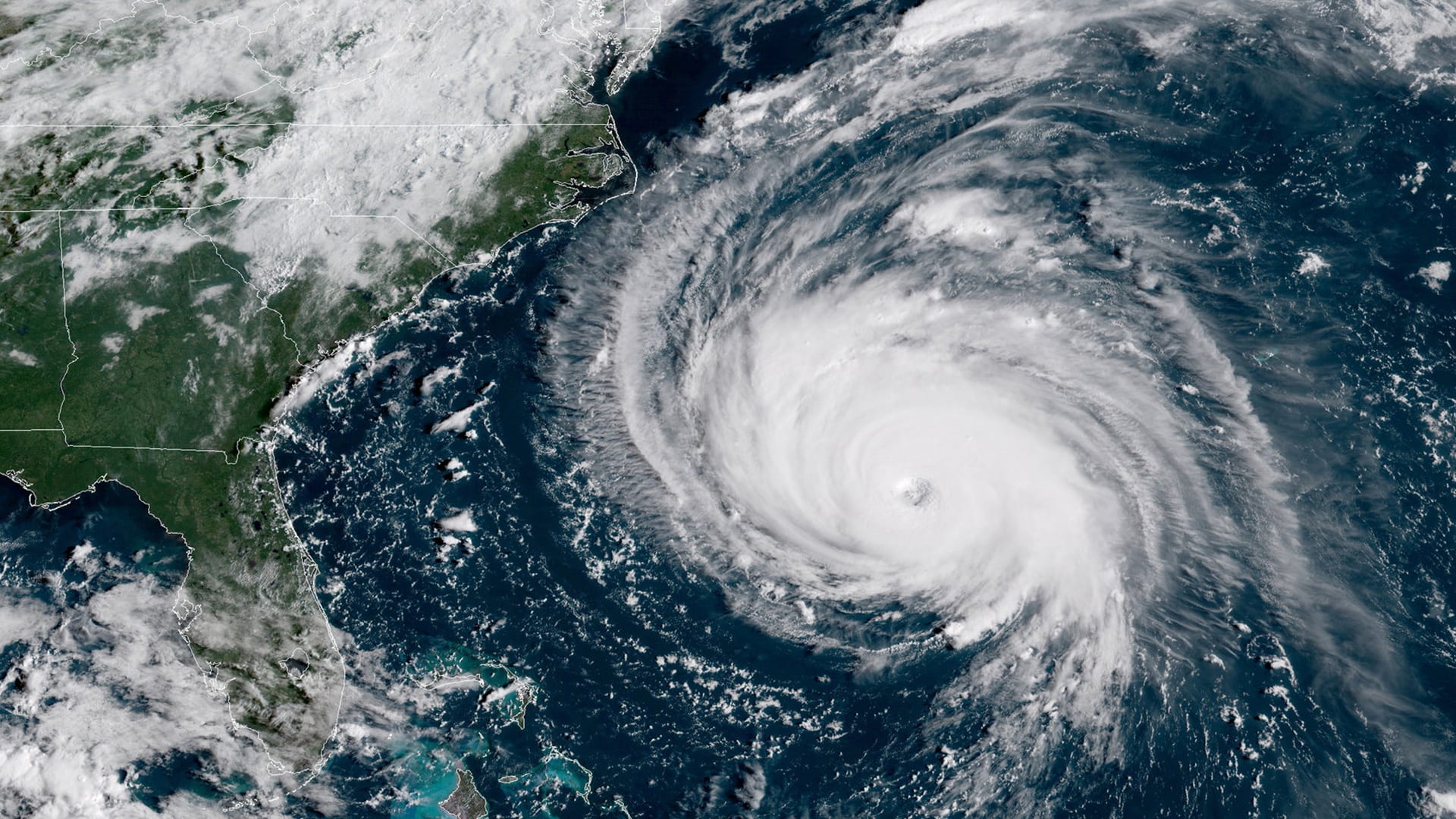Feature
Harnessing the Power
Can wind developers and ocean scientists work together to get US offshore wind cranking?
Read MoreA DISCO in the Ocean
To investigate coral bleaching, WHOI scientists figure out a novel way to take direct measurements in the ocean of superoxide, a key molecule that vanishes almost as soon as it is made.
Read MoreDo Microplastics in the Ocean Affect Scallops?
WHOI scientist Scott Gallager is making field observations and conducting lab experiments to explore the possible effects of microplastics in the ocean on marine organisms.
Read MoreGliders Reveal Tango Between Hurricanes and the Gulf Stream
Spray gliders cruising the east coast are collecting ocean measurement data that hurricane forecast modelers can use to improve storm intensity forecasts.
Read MoreThe Sun’s Overlooked Impact on Oil Spills
New findings by WHOI scientists could significantly change the way responders clean up oil spills in the ocean.
Read MoreJunk Food
An estimated eight million tons of plastics enter our oceans each year, yet only one percent can be seen floating at the surface. This is the third in a three-part…
Read MoreTracking a Snow Globe of Microplastics
Millions of tons of plastics end up in the global ocean each year, but where does all that material go once it gets there?
Read MoreSweat the Small Stuff
microplastics
Read MoreWarping Sound in the Ocean
WHOI scientists warp sound–the primary means of transmitting information in the ocean–to “see” what’s happening below the surface.
Read MoreThe Secret Tuna Nursery
WHOI biologists and physical oceanographers combine expertise to reveal a place in the ocean where some tuna are born.
Read MoreHow Do Corals Build Their Skeletons?
WHOI scientists discovered precisely how ocean acidification affects coral skeletons’ a factor that will help scientists predict how corals throughout the world will fare as the oceans become more acidic.
Read MoreOn (and Below) the Waterfront
The expansion of the New York metropolitan area’s harbor over the decades has led to big but hidden changes in tidal flows that have environmental impacts.
Read MoreThe Living Breathing Ocean
Rainforests have been dubbed the Earth’s lung, but like us, our planet has two lungs. The second one is the ocean.
Read MoreMysteries of the Red Sea
The Red Sea also has several characteristics not seen in other oceans: extremely warm temperatures, high evaporation rates, odd circulation patterns, and a rare current that sometimes disappears in winter.
Read MoreA Lobster Trap for Microbes
What if you wanted to observe what microbes in the ocean are doing? First, you lure them into your field of view.
Read MoreSearching for ‘Super Reefs’
Some corals are less vulnerable to ocean acidification. Can the offspring from these more resilient corals travel to other reefs to help sustain more vulnerable coral populations there?
Read MoreMIT-WHOI Joint Program Marks 50th Year
In 1968, two esteemed scientific institutions launched an unorthodox academic experiment: the Massachusetts Institute of Technology-Woods Hole Oceanographic Institution Joint Program in Oceanography and Applied Ocean Engineering. This year, it celebrated its golden anniversary.
Read MoreThe Current that Feeds the Galápagos
A small fleet of robotic undersea vehicles paints the first detailed picture of a vast and important current within the ocean that had remained beyond our purview.
Read MoreFollow the Trails of Nitrogen Through Hydrothermal Vents
Back
Read MoreJourney to the Bottom of the Sea
My eyelids were tightly pressed down as I mustered all the tricks I could think of to get myself to sleep. I rolled around with no sign of getting close…
Read MoreCan We Improve Monsoon Forecasts?
Scientists are exploring the ocean to gain new insights into forecasting the still-unpredictable monsoon rains that billions of people depend on to irrigate their crops
Read MoreThe Unseen World on Coral Reefs
We have learned that microbial communities on and within us—a microbiome—keep people healthy. Corals reefs also have their own microbiomes that they couldn’t function without.
Read MoreAutonomous Ocean Vehicles Supply Key Data on Hurricane Florence
With Hurricane Florence bearing down on the North Carolina coast, researchers at Woods Hole Oceanographic Institution (WHOI) have mobilized autonomous vehicles and instruments to track changes in the ocean ahead of and beneath Florence.
Read MoreThe Recipe for a Harmful Algal Bloom
Harmful algal blooms can produce toxins that accumulate in shellfish and cause health problems and economic losses. They have increased in strength and frequency worldwide. Can we get advance warnings of when and where they will occur?
Read More
